The Orkney Islands lie north of Scotland and are home to a collection of ancient stone structures that predate the Egyptian pyramids. The massive construction displays a society rich in manpower, technology, and social organization. According to conventional archaeologists, these stone structures date to 3500–3000 BC and shed light on some of the earliest inhabitants of Western Europe.
The following is a summary of “The Significance of the Ancient Standing Stones, Villages, Tombs on Orkney Island” by Lawson L. Schroeder and Philip L. Schroeder, and of the surrounding discussion and research pertaining to it. The views expressed do not necessarily reflect those of New Creation.
This site on the Orkney Islands seems to have developed around the same time as many other ancient civilizations around the world including India, Russia, Ireland, Egypt, Peru, China, France, and Germany.
Meanwhile, Genesis 41:54–57 speaks of a widespread famine in the days of Joseph. In a 2003 article, Schroeder and Schroeder attempt to tie the demise of the Orcadian civilization with Joseph’s famine.1 Many biblical scholars suggest that the famine was localized, occurring in Egypt, Canaan, and perhaps the surrounding area.
However, a literal reading of the biblical text suggests that the famine was worldwide. If this is the case, the archaeological record should show a sudden and mysterious decline in civilizations worldwide since only Egypt received a warning from God and prepared for the famine. This article analyzes the civilization on the Orkney Islands to consider its possible connection to Joseph’s famine.
The Orkney Islands
The Orkney Islands comprise three subdivisions: the North Isles, the South Isles, and the Mainland.There are around 70 Orkney Islands in total, and they lie between the northern coast of Scotland and the Shetland Islands. They dot an area of about 1,600 square miles of sea, and they comprise a total of 376 square miles of land. The islands are mostly sandstone of the Middle Old Sandstone. The stone splits easily into flagstones, ideal for dry-stone building techniques.
Remains of ancient stone structures dot the landscape of the Orkney Islands. In addition to standing stones, well preserved remains of homes, villages, and tombs appear.
Ancient Orcadian Civilizations
Prehistoric dating schemes vary among scholars. One system of dating suggests that the Mesolithic Age occurred from 10000–4000 BC and the Neolithic Age from 4000–2000 BC. Another dating scheme suggests that the Neolithic Age began earlier, placing the Early Neolithic Age in the years 4500–3500 BC and the Late Neolithic in 3500–2200 BC.
According to conventional dates, the stone structures on the Orkney Islands seem to have been constructed around 3500 BC. At the time, the climate in the region was warm and ideal for growing crops. Analysis of the human remains from the tombs suggest that the people were healthy and energetic.
Some biblical scholars have proposed that conventional dating schemes place these time periods too early in history, citing a Carbon 14 dating offset. Carbon 14 dates seem to be accurate as far back as 1400 BC, but earlier than that, a sharp rise occurs, creating a discrepancy in dating that grows exponentially with earlier dates.2
Stripling suggests lowering the dates of early periods based on a re-calibration of Carbon 14 dates.3 His tentative dating scheme pertains to the Ancient Near East, which experienced civilization growth earlier than Europe did. However, if the Carbon 14 offset proves to be the same in the Orkney Islands as it is in the Ancient Near East, his dating scheme would place the founding of the civilization on the Orkney Islands at around 2600 BC.
| Conventional Dates | Proposed Dates |
| 3200–2350 BC | 2500–2150 BC |
| 4500–3200 BC | 2850–2500 BC |
| 10,000–4500 BC | 3298–2850 BC |
Skara Brae
One of the ancient settlements on the Mainland, Skara Brae, showed a comfortable community of about 100 residents that remained occupied continually from around 3100–2500 BC according to conventional dates. The homes were periodically renovated throughout this 600-year period.
The reason for the abandonment of Skara Brae is unknown. Suggestions include a shift from a community mentality to that of an individual mentality, a strong storm that caused the residents to evacuate, or heavy snowfall from the Ice Age. Another possibility is that the residents of Skara Brae were forced to leave their homes due to famine. At some point, a storm covered the village with sand, but it is unclear whether the storm caused the site’s abandonment or occurred at some later point.
The Ring of Brodgar
The Ring of Brodgar, constructed sometime in the third Millennium BC, is the largest simple stone circle in Scotland. It has a diameter of 110 yards, and scholars believe that it originally consisted of about 60 tall thin stones arranged to align with the moon. Many of the stones are now broken or missing.
A ditch surrounds the stones. Cut into the bedrock, this ditch measures as much as 30 feet wide and 10 feet deep. The Ring of Brodgar was likely a religious monument of some sort.
The Standing Stones of Stenness
The standing stones of Stenness, also a likely religious monument, are located near the Ring of Brodgar. This site consisted of 12 very tall stones in a circle with a diameter of 104 feet. The stones are arranged to align with the sun. Surrounding the stones was a henge bank and a ditch. In the center of the ring lay four stones set in a square configuration.
A village, known as the Barnhouse Village, lies near the Standing Stones of Stenness. It dates to shortly after 3000 BC, conventional dating. Together, the Ring of Brodgar and the Standing Stones of Stenness represent a massive construction project far beyond the capability of one village. Therefore, it is likely that they represent a coordinated effort between multiple villages.
Tombs
So far, 76 ancient tombs have been discovered on the Orkney Islands. Although they vary slightly in style, they have some similarities. Their construction occurred about the same time, and they continued in use for hundreds of years. Most of them consist of multiple chambers with shelves designed to hold bones.
It is likely that the occupants did not bury their dead immediately after death. Rather, they left the corpses out in the open, perhaps on a platform, until nature had reduced them to skeletons. The bones would then be carefully gathered and respectfully stored in the tombs. This practice was common in the ancient world.
Significance of the Structures
The engineering and construction techniques used to create the structures on the Orkney Islands are remarkable. They involve acquiring, moving, and positioning massive stones, drilling and polishing the stones, and aligning them in astronomically significant positions. It seems likely that these early settlers brought this advanced technology with them from their previous homeland.
Like many ancient sites around the world, the structures on the Orkney Islands seem to have been constructed in such a way as to enhance the quality and volume of sounds made within the circle. This suggests that music was an important part of the activities that occurred at these sites.
Interpretation and Discussion
Schroeder and Schroeder suggest that the Neolithic archaeological remains on the Orkney Islands correlate with the Biblical period following the dispersion of people from the Tower of Babel (Genesis 11:1–9).
After God confused the languages of the people at Babel, the people dispersed, traveling to discover new homes. Some may have boarded ships, sailing down the Tigris and Euphrates rivers, through the Persian Gulf, and into the Indian Ocean. These people would have eventually settled in coastal areas. Other people may have traveled across land, settling in Asia, Europe, and Africa.
The first inhabitants of the Orkney Islands would have traveled from Babel, settled on the previously uninhabited islands, and constructed the remarkable structures still visible today.
According to Genesis 41:54–57, a severe famine occurred in the days of Joseph. Although this famine certainly affected Egypt and Canaan, the text suggests that it was even more widespread, affecting people worldwide. Some scholars suggest that the famine began in 1708 BC, while another scholar places it in 1881 BC.4
Although the decline in the Orcadian civilization remains unexplained, some scholars suggest that it was due to crop failure and subsequent famine. Schroeder and Schroeder link this hypothetical famine to the famine that occurred in the days of Joseph. The dating, however, remains problematic, since even with a revised chronology, the abandonment of the Orkney Islands still seems to have occurred several hundred years before the time of Joseph.
The Orcadian civilization was not the only one to collapse during this broad time frame. Ancient Mesopotamia also suffered a collapse of civilization during the 18th century BC, possibly due to famine. Furthermore, archaeological remains have come to light in Caral, Peru of a civilization that flourished for some 600 years before falling into decline in the third millennium or early second millennium BC.
Conclusion
Although the dating remains problematic, the collapse of multiple civilizations worldwide apparently due to famine may ultimately be connected to Joseph’s famine. More research is required to determine the accuracy of the standard dates for the civilization on the Orkney Islands.
Footnotes
- Schroeder, Lawson L., and Philip L. Schroeder (2003). The Significance of the Ancient Standing Stones, Villages, Tombs on Orkney Island. The Proceedings of the International Conference on Creationism 5: 561–572. ↩︎
- Petrovich, Douglas N (2021). Origins of the Hebrews: New Evidence of Israelites in Egypt from Joseph to the Exodus. Nashville: Compass Classroom. ↩︎
- Stripling, Scott (2017). Archaeological Dating. Presentation at the Near Eastern Archaeological Society. ↩︎
- Petrovich, Douglas (2019). Determining the Precise Length of the Israelite Sojourn in Egypt. Near Eastern Archaeological Society Bulletin 64: 21–41. ↩︎

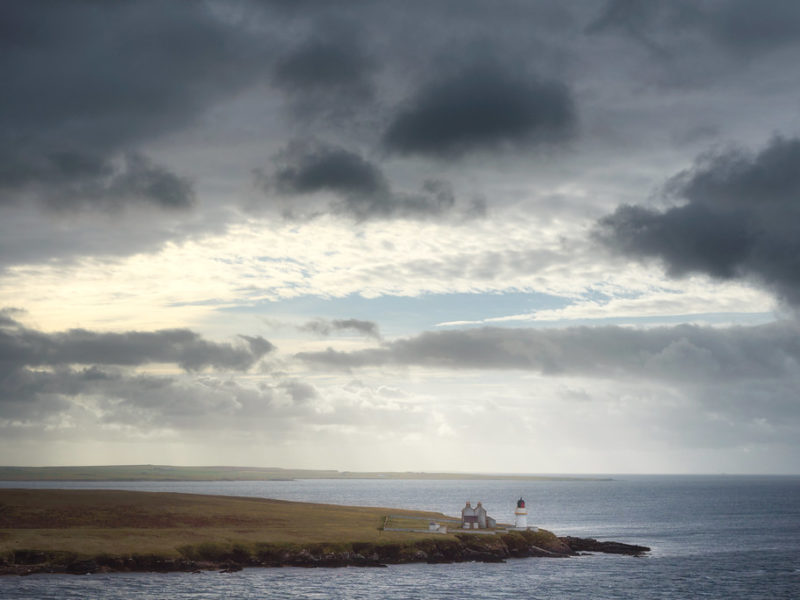

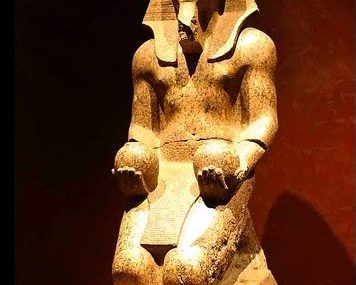
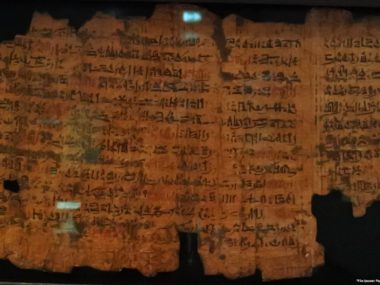
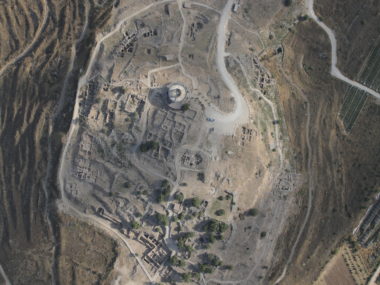
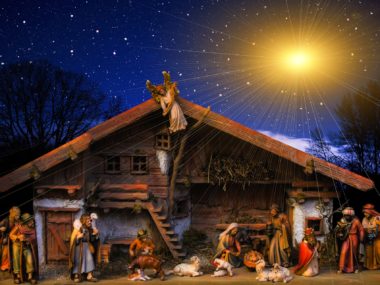





Interesting and logical approach to history as well as harmonizing with the Biblical record. Of the standing stones, it could be noted the Joseph’s father Jacob stood up the occasional stone “for a pillar” (Genesis 28:18, 31:45 & 35:14). Good article, thanks.
Hello Robin,
Yes, it is an interesting harmonization. Standing stones were common in many ancient cultures, and often had religious significance.
IMO NathanH83 makes a significant case for the Bible history intersecting historical events at a more accurate time. The following 2 links show an apparent, intentional inaccuracy in the Masoretic Text which was used to translate most of the modern Bibles.
1. “Were the Pyramids Built Before the Flood? (Masoretic Text vs. Original Hebrew) – 31 min. YouTube NathanH83 : Published on May 28, 2017” https://www.youtube.com/watch?v=VI1yRTC6kGE
2. “How Long Were The Israelites In Egypt? – 12.31 min. YouTube NathanH83 : Published on Sep 15, 2015” https://www.youtube.com/watch?v=FF0F8YjT1og
And what of the 3 and one half years it rained not on the earth ( Elijah) ?
or is this the famine of Joseph ?
Hi Brian,
The drought in the days of Elijah was a later event than the one referenced in this article. Yes, you are correct, the one in question is the famine of Joseph.